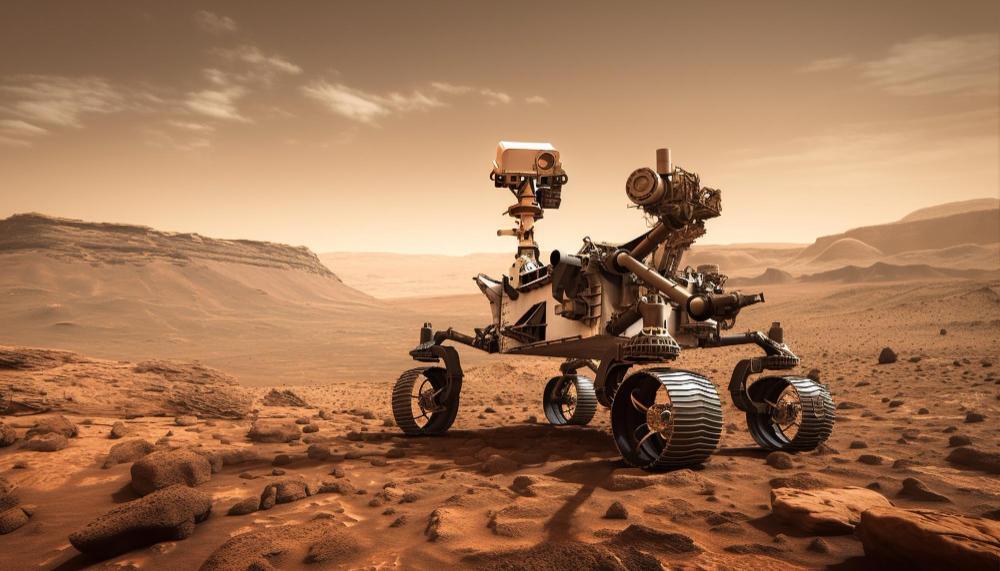Mars’ Curiosity Rover Cracks Open Martian Rock to Reveal Pure Sulfur Crystals
On May 30, NASA’s Curiosity rover made a surprising discovery while exploring the Martian surface.
The rover cracked open a rock, revealing pure sulfur crystals — something never seen before on Mars.
The Significance of Elemental Sulfur
Elemental sulfur, unlike sulfur compounds, forms under very specific conditions.
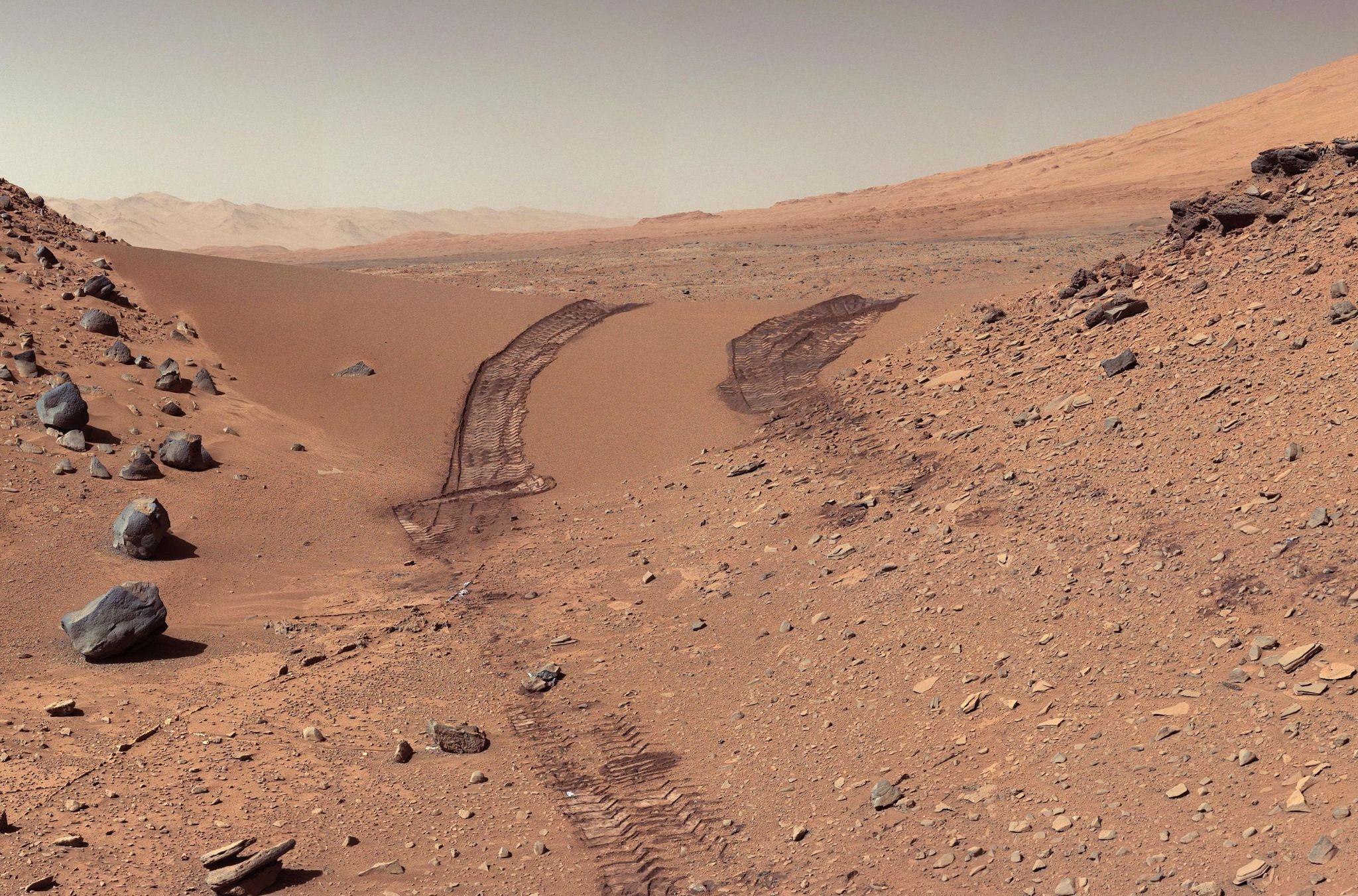
Source: Wikimedia
Its rarity makes it a significant find that could reshape our understanding of the Martian environment.
The Mysterious Gediz Vallis Channel
Curiosity has been exploring Gediz Vallis channel, a feature of Mount Sharp, since earlier this year.
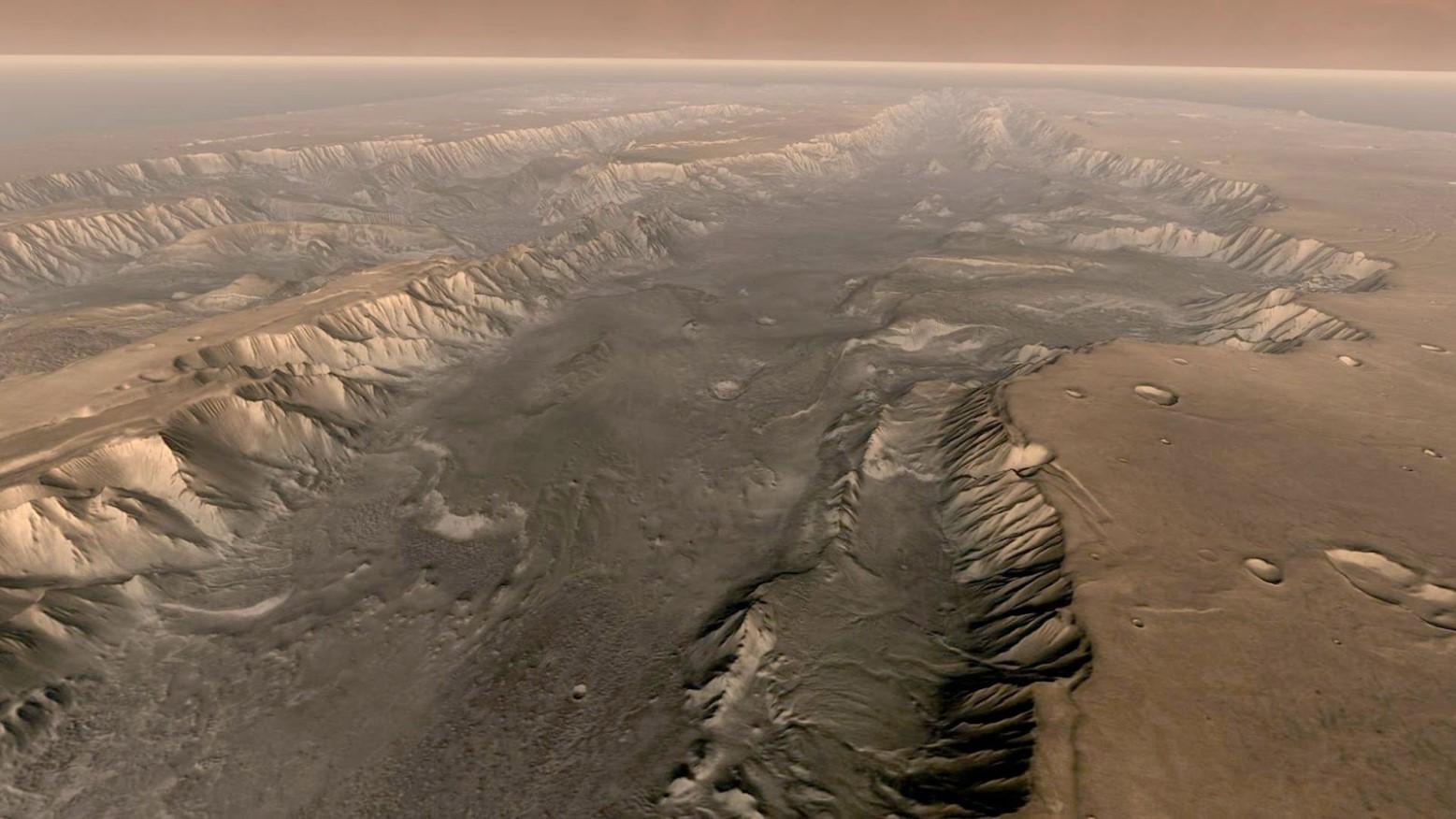
Source: Handout/Getty Images
This groove, believed to be carved by ancient water flows, offers a window into Mars’ geological past. Each layer of the channel represents a different era of the planet’s history.
Evidence of Ancient Water Flows
Scientists believe that both floods and landslides shaped Gediz Vallis.

Source: Matt Hardy/Unsplash
Rounded rocks in the debris indicate they were carried by water, while angular rocks suggest dry avalanches.
Uncovering Bleached Rocks
Water once soaked into the Martian surface, causing chemical reactions that bleached white “halo” shapes into rocks.
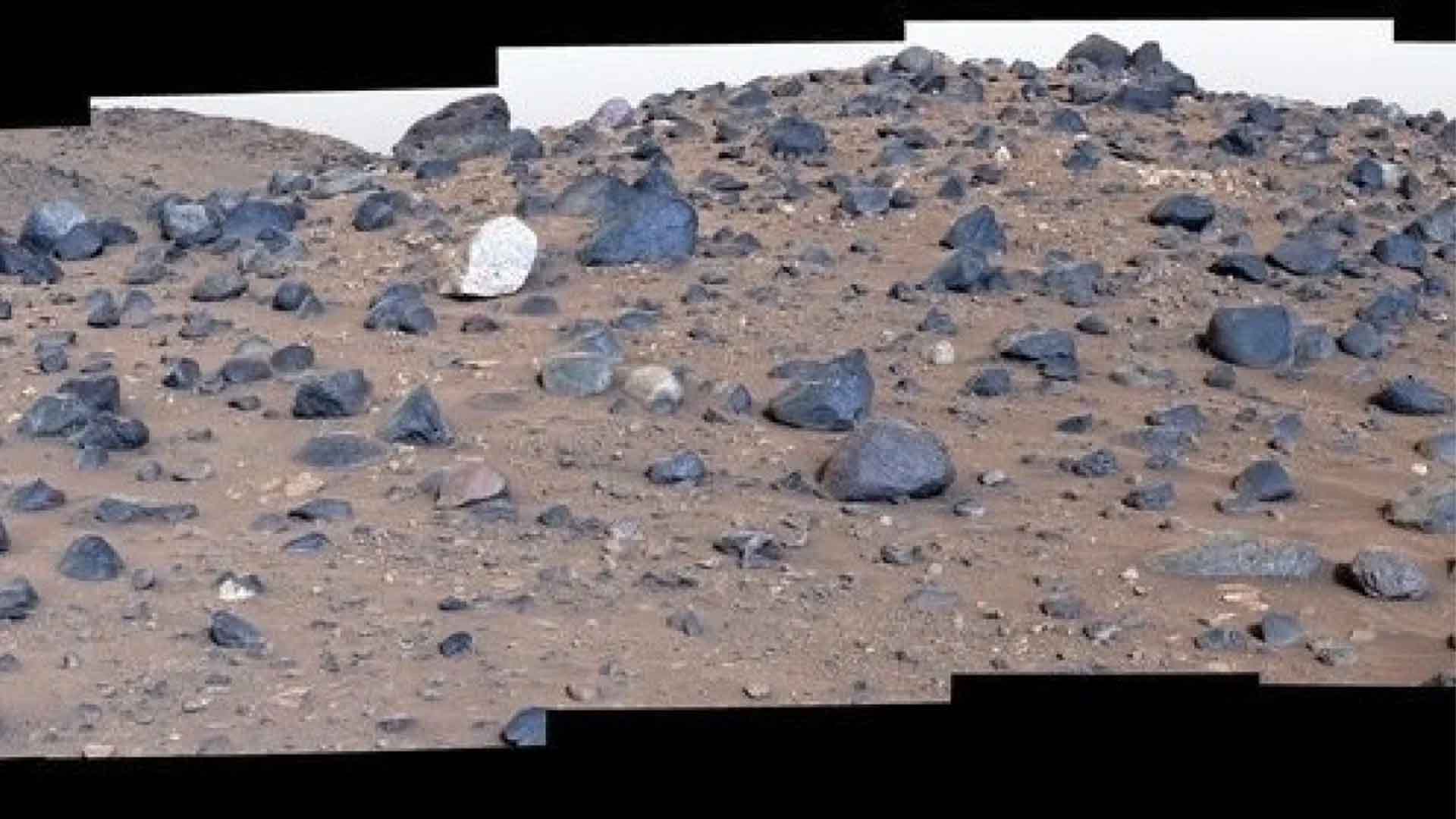
Source: NASA / JPL-Caltech / ASU / MSSS
Over time, erosion by wind and sand revealed these patterns, offering more evidence of the planet’s watery history.
The Search for Microbial Life
Curiosity’s mission includes studying environments that could have supported microbial life.
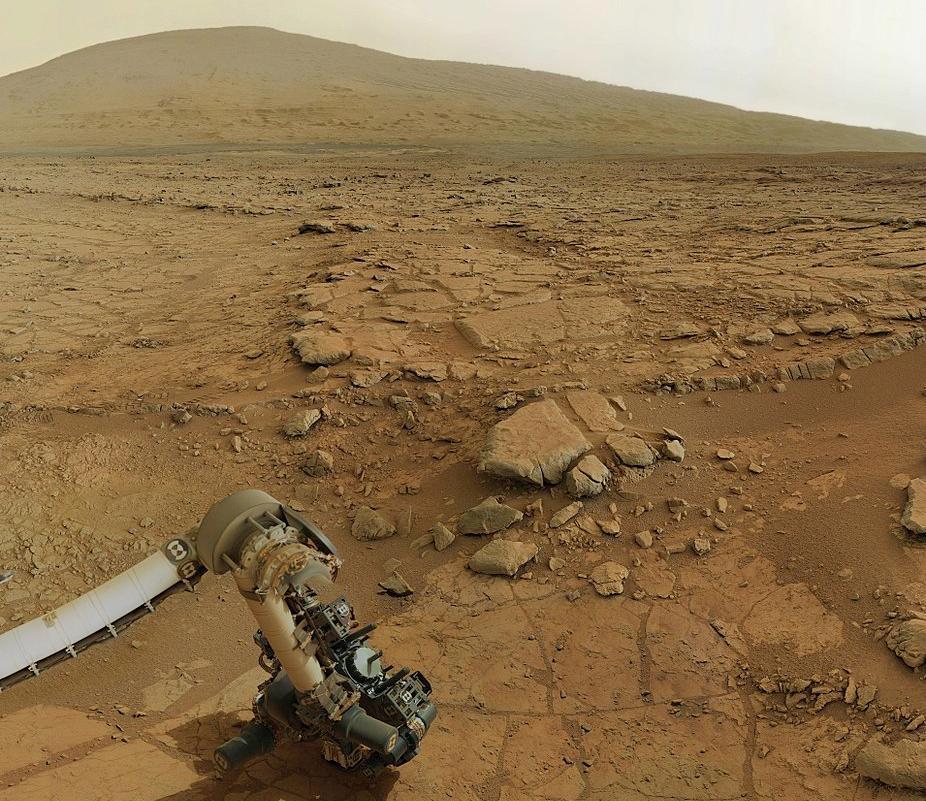
Source: Wikimedia
By analyzing different layers of Mount Sharp, scientists hope to determine where and when life-supporting conditions might have existed on Mars.
Challenges of Martian Drilling
Drilling into Martian rocks is no easy task. Curiosity engineers must find suitable drilling spots and ensure the rover can safely operate on the loose, sloping terrain.
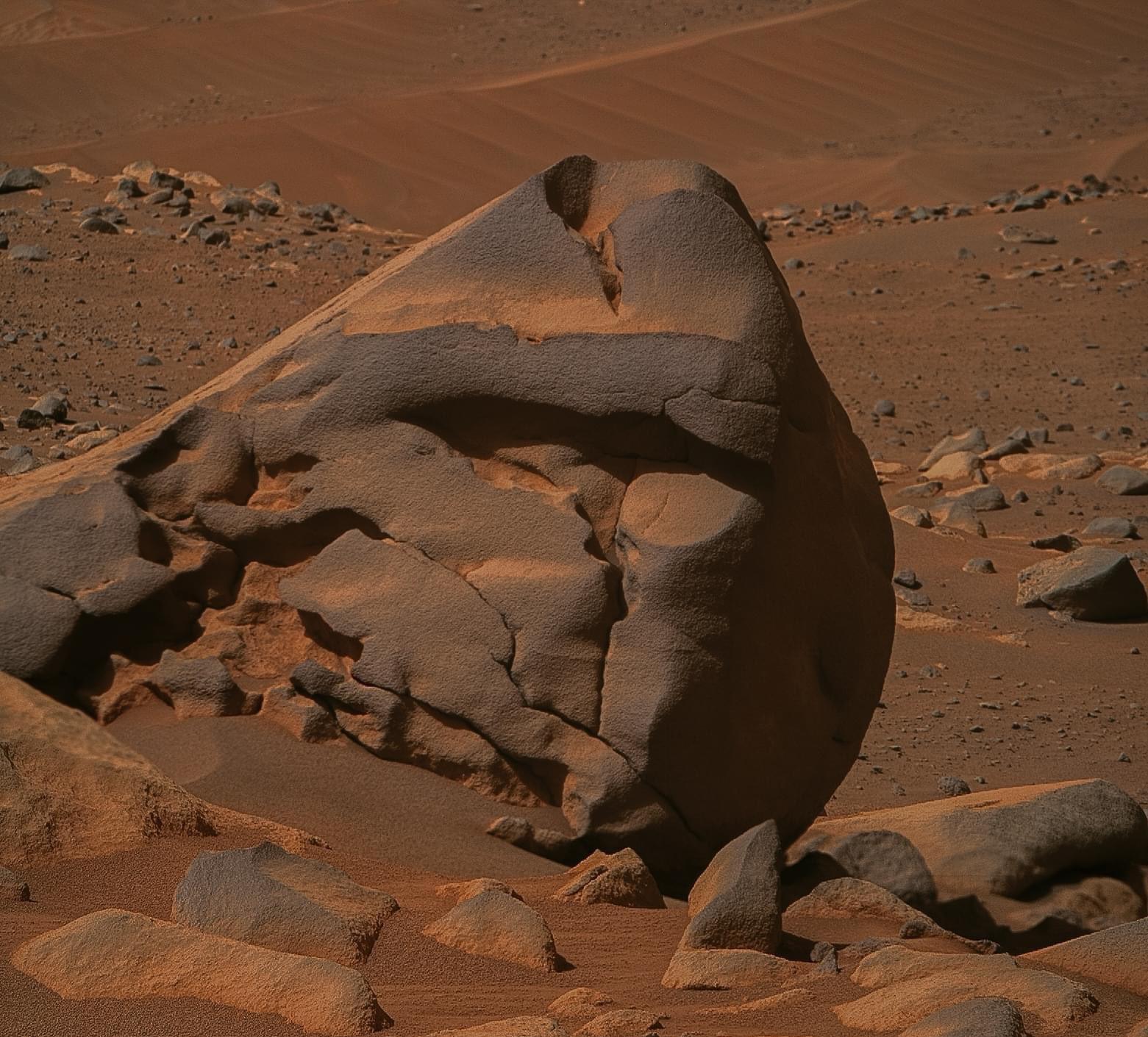
Source: @AvatarDomy/X
On June 18, Curiosity successfully drilled into a rock called “Mammoth Lakes.”
Analyzing Martian Samples
Curiosity’s drill collected powdered rock from Mammoth Lakes, which is now being analyzed by instruments inside the rover.
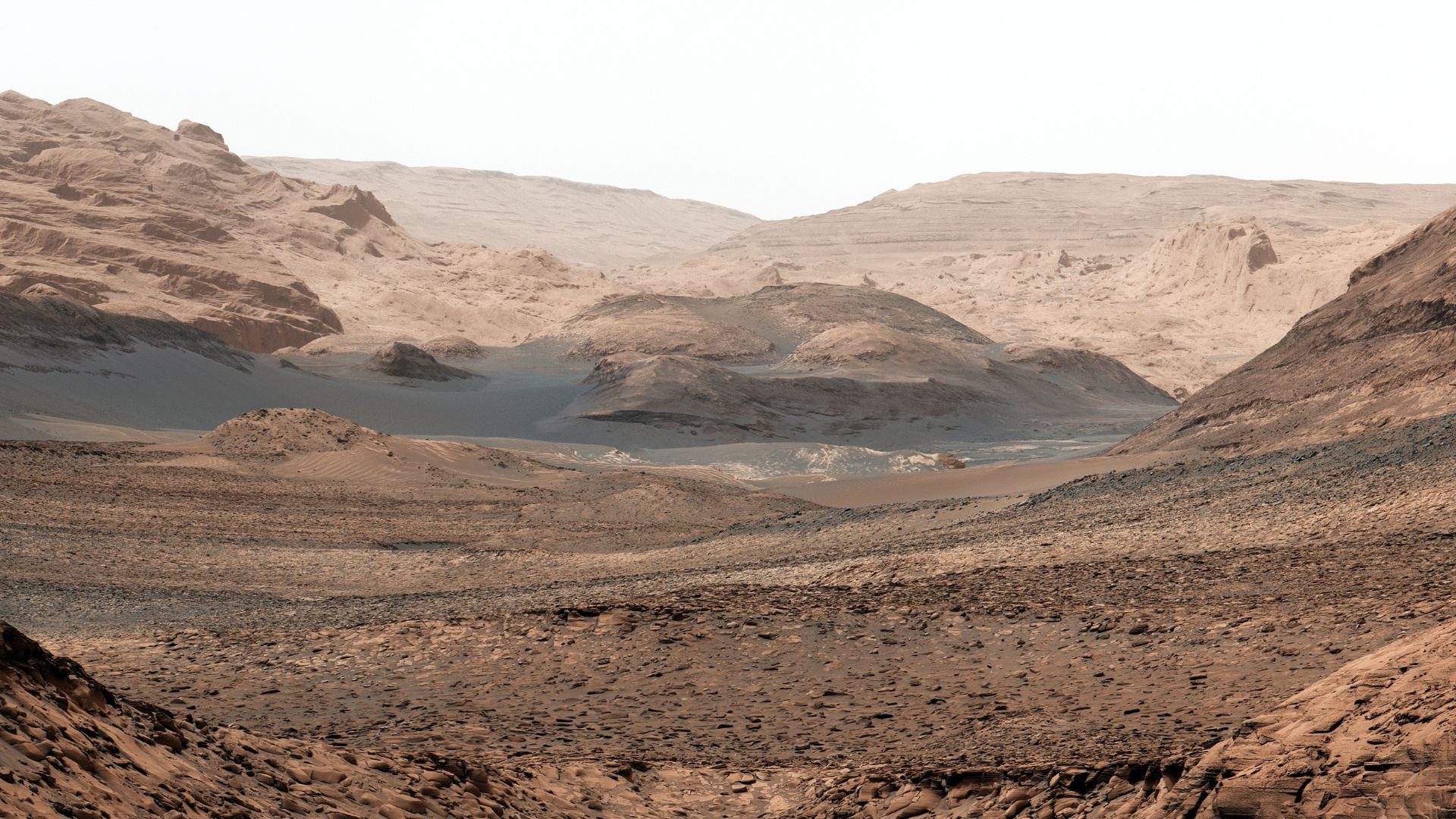
Source: NASA/Wikimedia Commons
This analysis will help scientists understand the rock’s composition and gather more data about Mars’ geological history.
The Importance of Sulfur Crystals
Finding pure sulfur crystals is particularly intriguing because it raises questions about the environmental conditions that existed when they formed.
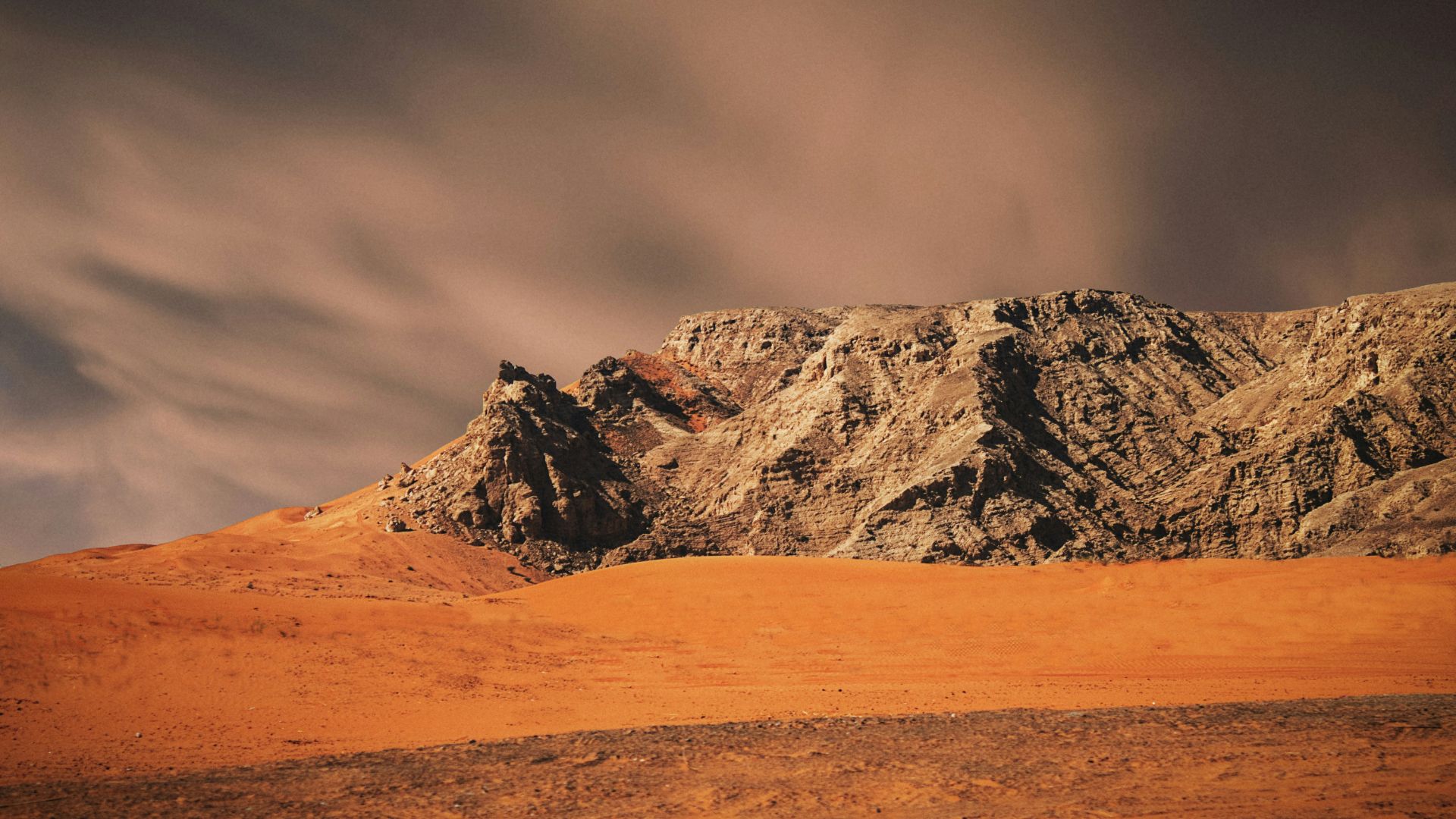
Source: Malik SHibly/Unsplash
Understanding these conditions could provide insights into Mars’ past climate and potential for life.
Curiosity’s Ongoing Mission
Curiosity continues to explore Gediz Vallis, seeking more surprises and answers.
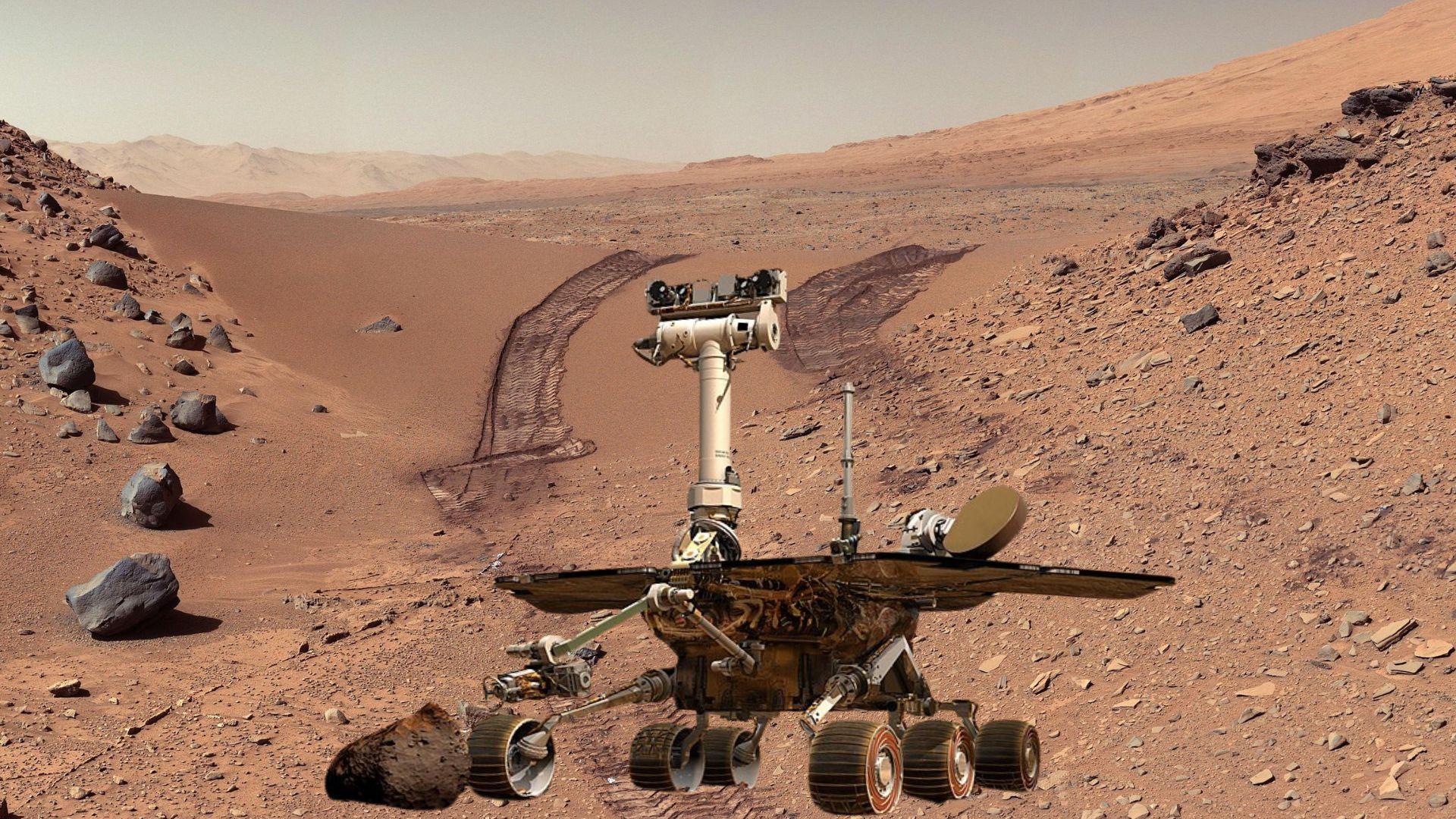
Source: Wikimedia/Getty Images
Each new discovery adds to our understanding of Mars, revealing a planet with a complex and dynamic history that scientists are eager to unravel.
The Excitement of Planetary Exploration
“Finding a field of stones made of pure sulfur is like finding an oasis in the desert,” said Ashwin Vasavada, Curiosity’s project scientist.
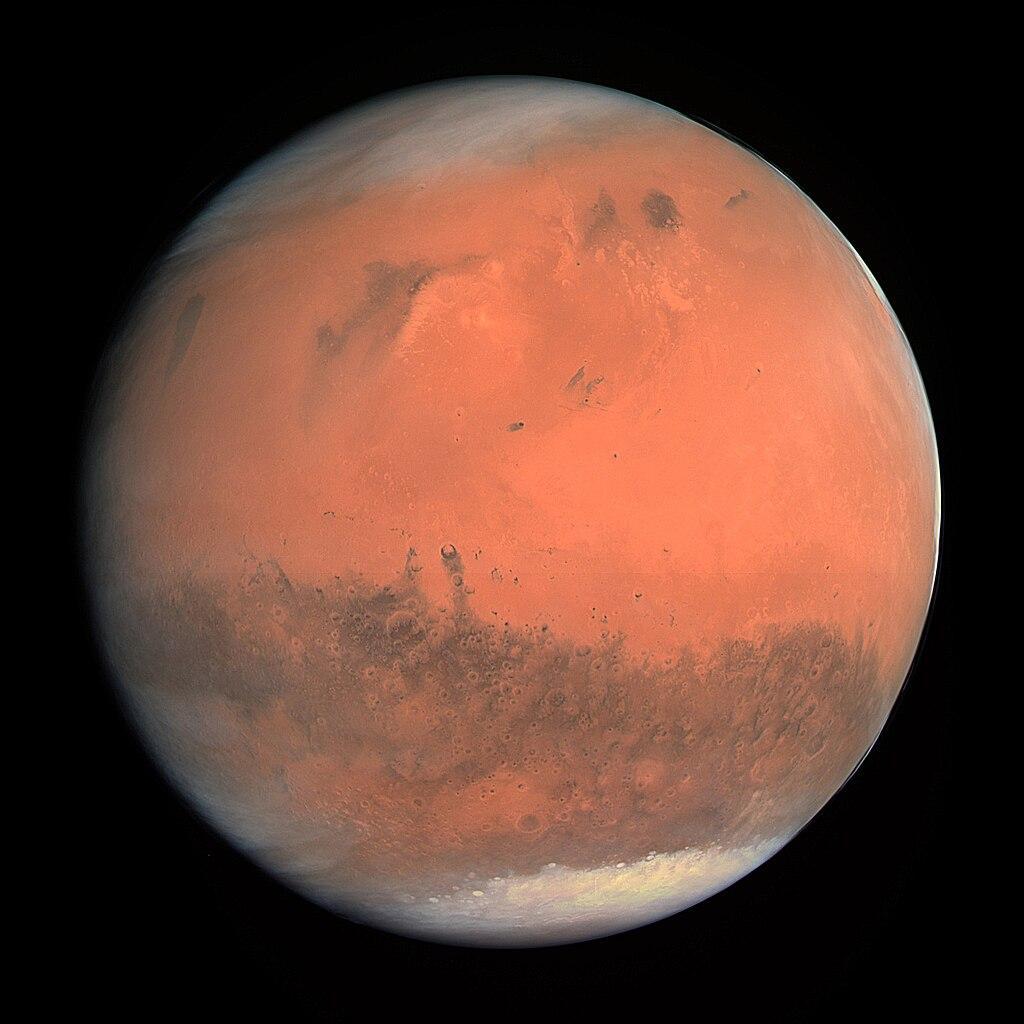
Source: Wikimedia
This discovery exemplifies the excitement and unpredictability of planetary exploration, driving scientists to keep searching for answers on the Red Planet.

